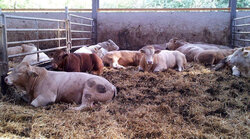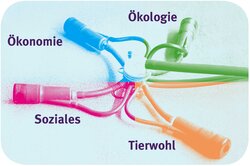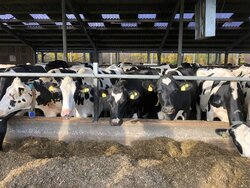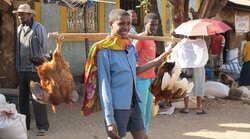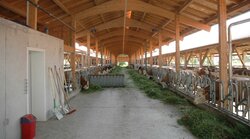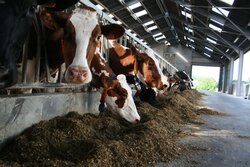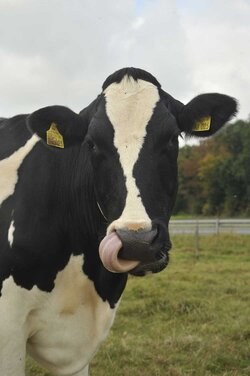With a market share of more than 20 percent, Germany is the biggest milk producer of the EU. Nearly one out of four agricultural farms in Germany keeps dairy cows. Milk production is the most important livestock branch and usually contributes, with around 18 percent, the biggest proportion to the production value of German agriculture.
While the number of farms decreased by 50 percent during the last 20 years the total milk production increased. This result from an intensification of milk production per cow, as the total number of dairy cows decreased. At the same time, the average size of dairy farms is increasing. Milk production has been concentrated over the years in the grassland regions of north-western and southern Germany.
Price volatility within the EU has increased since the milk quota expired in 2015. As Germany is a net exporter of dairy products, price fluctuations on the international markets also have an impact on the milk price for German producers. For this reason, individual farm risk management is gaining in importance. In addition, land scarcity, a shortage of qualified labour and increasing social demands for environmentally and animal-friendly production cause special challenges.
Against this background, we address the following research questions:
- How do changes in economic, political and legal framework conditions impact the international competitiveness of milk production?
- How can competitiveness be improved?
- How will the structure of milk production look in future?
- How can the environmental balance, working conditions and animal welfare be improved without jeopardising the profitability?
Many of the above mentioned questions can only ab addressed in a European or global context as most dairy products are commodities which can be traded and substituted globally. Thus, German producers are not just competing with their neighbours but also and mainly with their European and non-European colleagues. As a consequence, we are working closely with the network of the European Dairy Farmers Network. In this network, milk producers take the opportunity to compare their farms with the help of our cost analysis and to discuss adjustment strategies. They are closely accompanied by a scientific network. The Thünen Institute is also a member of the International Farm Comparison Network where we compare dairy production on an international level.
In Germany we combine our scientific resources with the University of Göttingen in the network milchtrends.de. Jointly, we provide data and facts as well as project results on recent developments in milk production.

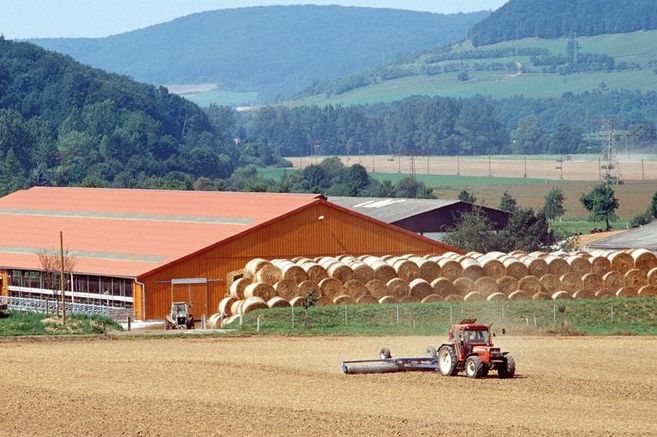

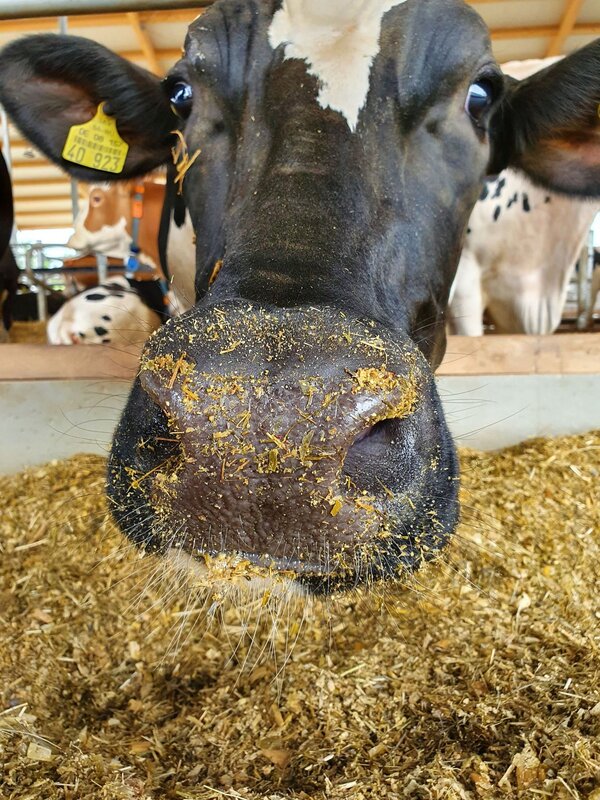
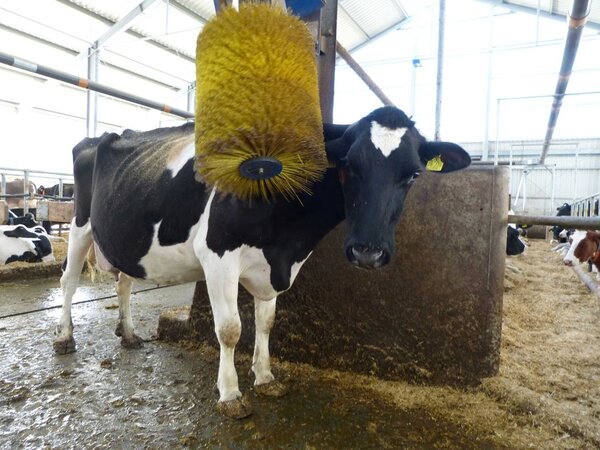
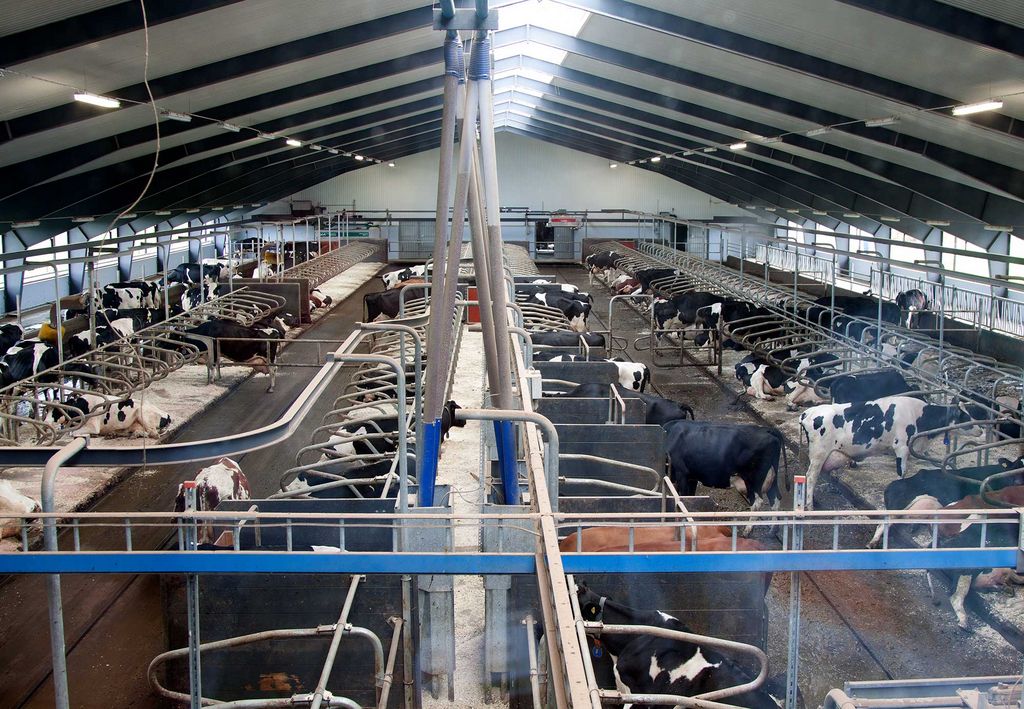
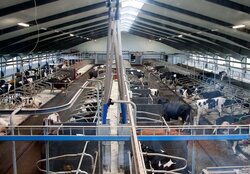
![[Translate to English:] Greenhouse gas mitigation on dairy farms - where to start - and how expensive will it be?](/media/_processed_/6/f/csm_2594_Fleckvieh_TI_Martin-Koechy_IMG_6471b_original_d3941fe0f8.jpg)
![[Translate to English:] InnoRind](/media/_processed_/7/c/csm_2532_Rind_ab_mitLogo_d3b7051c37.jpg)
